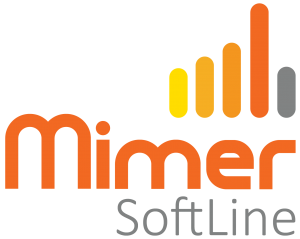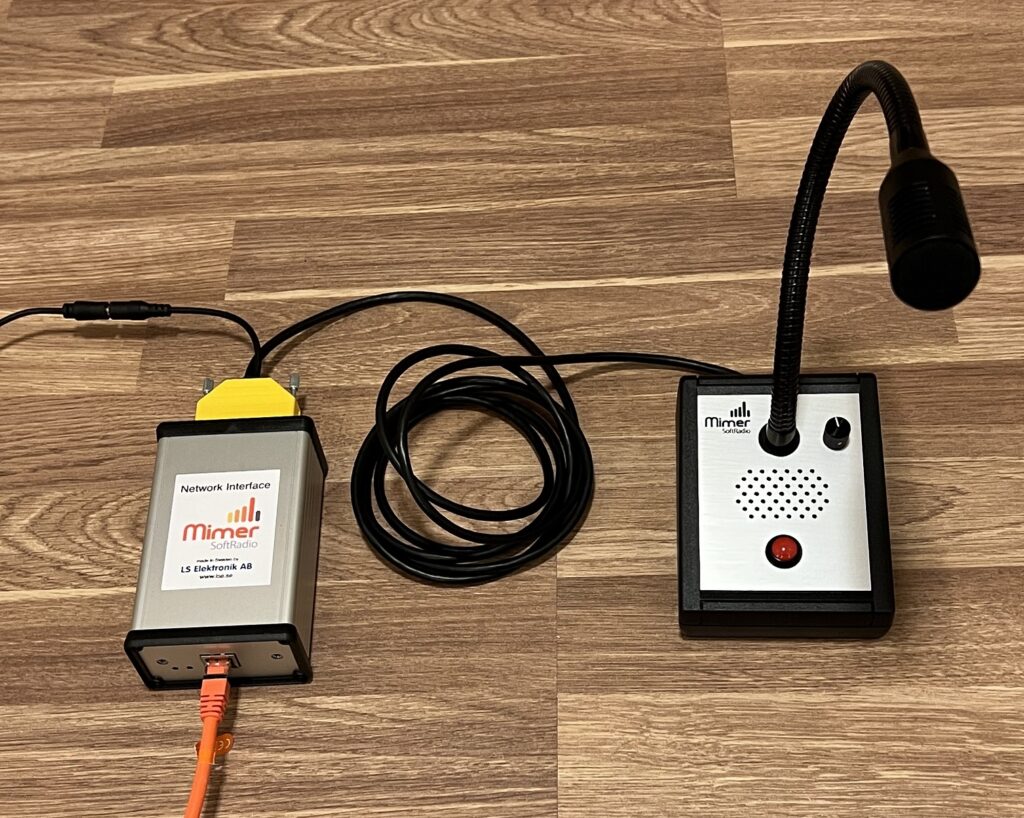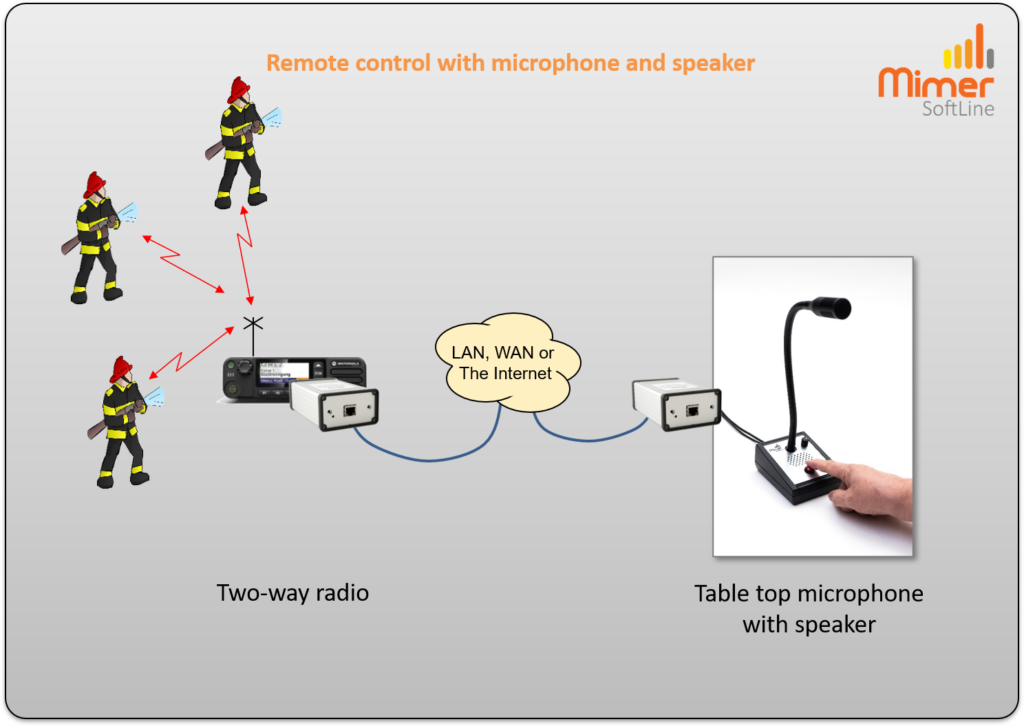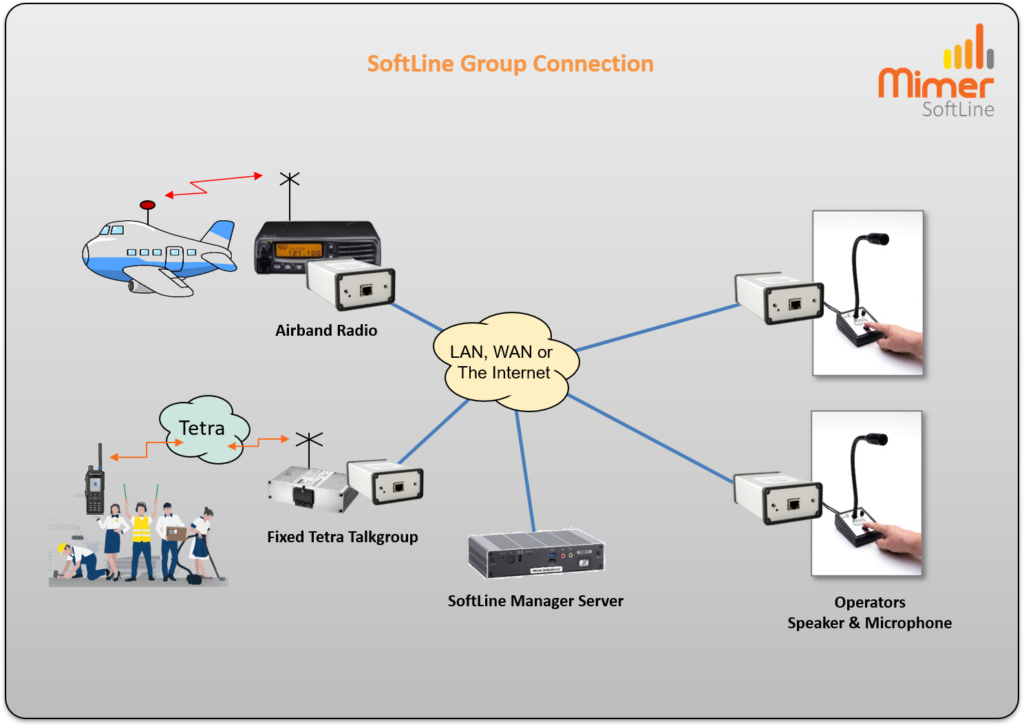Using a microphone and a speaker through Mimer SoftLine
Mimer SoftLine gives you the ability to IP-connect a radio at one end to only a microphone and speaker at the other end.
Many users only wan´t to remotely speak and listen on one single radio, and having a PC at the operator end would make it over complicated.

Connecting microphone and speaker directly to an interface
All operators do not want to have a PC as a dispatch console. A table top microphone with built in speaker and PTT key is perfect.
The microphone 3110/07, connects directly into a network interface. In this way it can be used at one end of a Softline setup. At the other end a radio unit of “any type” can be installed together with another network interface. Connection between the two interfaces can be any type of IP, over LAN, Internet, fibre etc.
The same setup with interface and microphone can also be connected into a SoftRadio system. If you for example need connection to a room where people without portable radios are. Read more here.
Remote controlling a single radio
A simple solution to setup and to use.
Two network interfaces connected as Mimer SoftLine. At one end a radio of “any” type. At the other end a microphone with PTT and speaker.
The operator can listen to everything that the radio receiver gets and he can transmit on the radio. Since IP is used, the distance between radio and operator has no limit. Using the Internet, you can go around the world.
Two examples to the right. One with a DMR radio communicating with firemen, and one with an airband radio communicating with airplanes or airfield towers.
Connecting to a group of radios and operators
With the addition of a “SoftLine Manager Server” in the system, you can expand to connect more units than the usual two. Read more here.
The server has settings that allows you to decide what node listens to what other node. So for example can the two microphone/speakers listen or not listen to each others transmission. And the transmission can be routed to one radio or both. Also a cross patch beween the radios is possible. Note that the settings are done in the server and are not meant for being changed by the operator on a daily basis.
The example to the right is from a customer that wants all nodes to hear each other, always. Audio from one node is patched to all other nodes.
Remote controlling a radio in a larger system
The remote controlled radio might be connected in a larger radio network. There are no limitations, a single repeater network or a nation wide Tetra system, it will all work.
From the view of the radio system, it is just one more radio connected.
The example to the right is from a customer that runs a mining company. The operator is above ground and the radios are 1km below ground.
Talk system point-to-point
Two Direct Talk microphones can be connected together over a LAN, WAN, the Internet or using fibre. In this way, two sites can have a direct intercom connection. Just push PTT, and the other end hears you.
Perfect for use in areas where no radios or copper wire are allowed.









